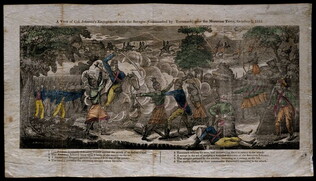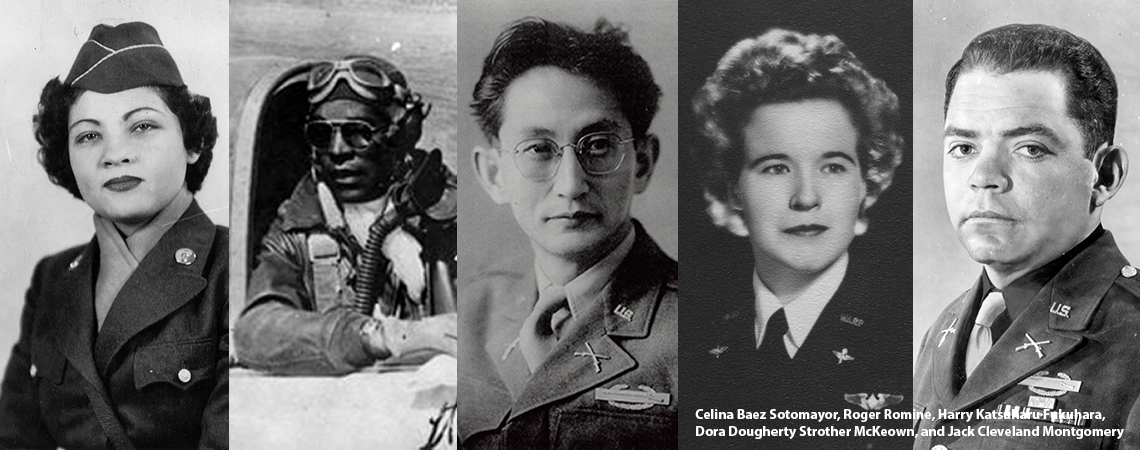1812
Bowen, A. (fl. 1812)
A View of Col. Johnson's engagement with the savages
Wood block of early engagement in the War of 1812 between American troops and Indians commanded by Tecumseh, near the Moravian town, 10/5/1812. Actual battle took place in 1813, so there is a error in the printed title. Print was published circa 1828...
GLC03798

